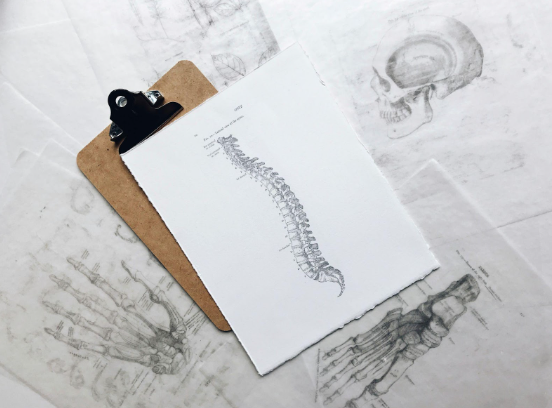Why Does Chronic Pain Cause Nausea And Vomiting?
Why Does Chronic Pain Cause Nausea And Vomiting?

Nausea and vomiting are particularly unpleasant experiences, and unfortunately, both of them are common side effects of severe or chronic pain. Whether it’s a migraine or intense muscle pain all over your body, the throbbing pain or pulsing sensation can send your stomach on a rollercoaster. If your migraines are particularly bad, these side effects can significantly interfere with your daily activities.
However, for most people with chronic pain, grappling with these symptoms may be part of their daily routine. To understand this lesser-known but equally-distressing aspect of chronic pain, let's explore the reasons behind the nausea and vomiting body response, while attempting to offer practical insights on how they can be managed.
What Is Chronic Pain?
Chronic pain affects more than 76 million Americans. This enduring discomfort can last weeks, months, or even years. It arises from various causes, including:
- Long-term illnesses, such as arthritis or cancer.
- Nerve damage.
- Injuries or surgeries that have healed improperly.
- Back problems, such as spinal disc degeneration.
- Psychological factors, like stress and depression.
Chronic pain can manifest in different ways, such as a continuous dull ache, sharp stabbing sensations, or burning discomfort. Some individuals may even experience fluctuations in pain intensity and character.
What Is the Nausea and Vomiting Response?
Nausea and vomiting are natural body reactions typically triggered by various factors, including:
- Gastrointestinal issues, like food poisoning or stomach flu.
- Pregnancy-related hormonal changes.
- Motion sickness.
- Side effects of medications or treatments, including chemotherapy.
- Psychological factors, such as experiencing strong emotions or intense stress.
These symptoms can occur when your body is trying to protect itself from potential harm or dispose of toxic substances. The act of vomiting expels harmful agents from your stomach, while feelings of nausea can discourage you from consuming additional substances that could cause harm. These responses, although uncomfortable, are essential for ensuring your body's overall health and well-being.
Why Can Chronic Pain Make You Vomit?
Now that we've dissected the nature of chronic pain and our body's vomiting and nausea mechanisms, it's time to connect the dots. How does chronic pain result in these uncomfortable symptoms? It boils down to the autonomic nervous system and its division, the enteric nervous system, often called the body's second brain.
The
gut-brain axis is an intricate system that regulates bodily functions, including digestion, smell, and taste, and connects to the central nervous system. When we experience chronic pain, the millions of nerve cells in the autonomic nervous system go into self-protection mode, release stress hormones, activate other neurotransmitters, and disrupt the communication network with the gut-brain, which leaves your body with that nauseous feeling.
How Chronic Pain Symptoms Impact Quality of Life
Life with chronic pain extends well beyond the discomfort itself. The physical burden of pain, coupled with associated symptoms like nausea and vomiting, can significantly impair your day-to-day activities and overall quality of life. Moreover, carrying this pain can steal away simple pleasures and have a profound impact on mental health. Some of the common issues and illnesses that flare up among people dealing with chronic pain and vomiting include:
- Depression
- Anxiety
- Sleep disturbances
- Loss of appetite
How to Manage and Treat Chronic Pain and Other Symptoms
Finding an effective treatment strategy for chronic pain and the accompanying nausea and vomiting often involves a multidisciplinary approach, including:
- Pain relief drugs, anti-nausea medications, antidepressants, or specific medications for targeting underlying conditions
- Physical therapies such as physiotherapy, acupuncture, massage, heat or cold therapy
- Psychological therapies like cognitive behavioral therapy (CBT), relaxation techniques, and coping strategies.
- Regular physical activity, healthy eating, effective stress management techniques, and ensuring sufficient sleep.
Remember, it's not about eliminating pain entirely, but managing it effectively to improve your quality of life. This journey may require patience and perseverance, but it's entirely possible to find relief and regain control over your life.
Take things one step at a time, and don't hesitate to seek
professional medical advice when needed. If you are considering consulting a pain management doctor in Arkansas, reach out to our specialists at
Arkansas Spine and Pain and rediscover a pain-free life. Our experienced doctors are ready to diagnose you and provide the best treatment to restore your quality of life.
Contact us today or give us a call at
501-227-0184 to learn more.



